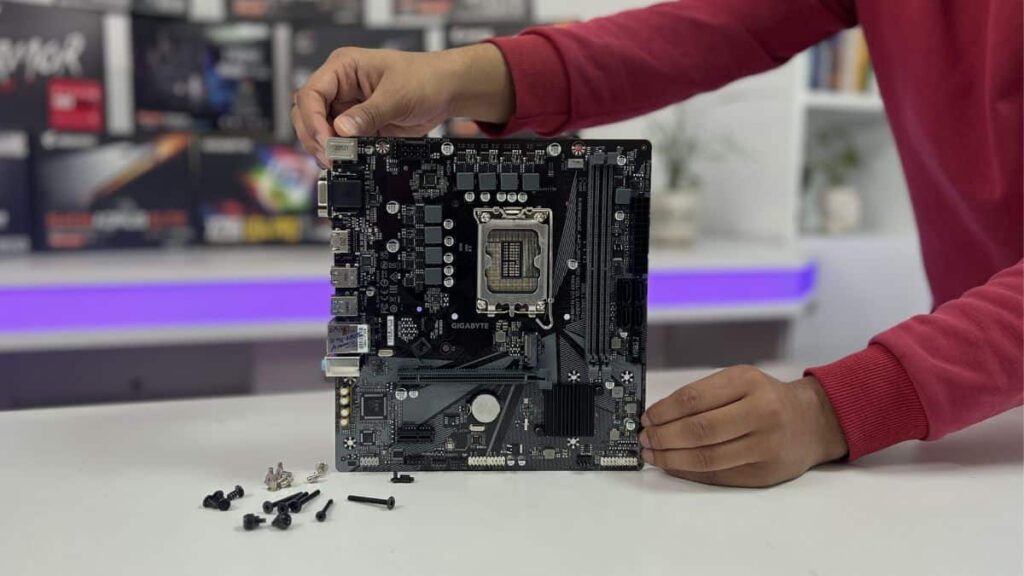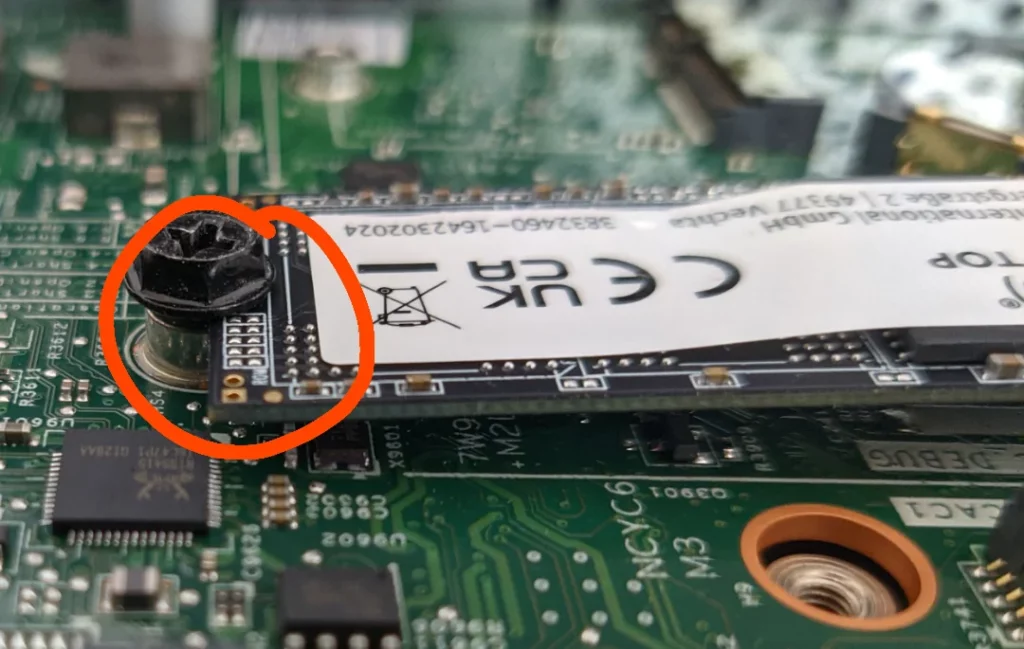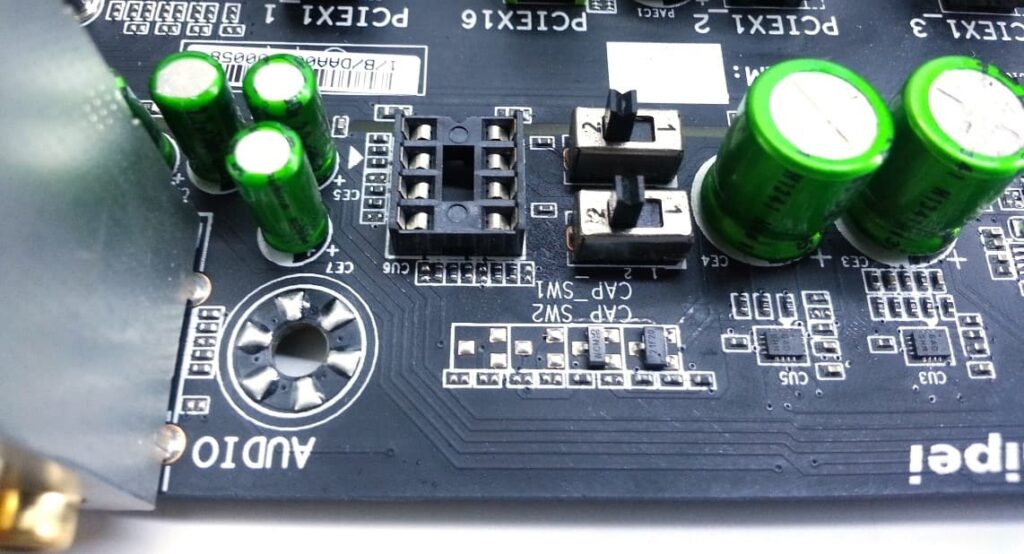Do Motherboards Come With Screws? – Unveiling the Missing Piece!
While building a PC, one common perplexity that many encounter is the absence of mounting screws when unpacking a new motherboard. For tech enthusiasts understanding the intricacies of motherboard screws is crucial for a seamless PC-building experience.
Therefore, in this article, we delve into the reasons behind motherboards not including screws, the types of screws needed, and the best practices for installation.
Why Motherboards Don’t Include Screws? – Unveiling the Mystery!
The primary reason motherboards don’t come with screws is the varied nature of PC cases. Unlike other components, motherboards are not stand-alone entities; they rely on support cases and, consequently, for screws.

Moreover, the diverse designs of cases dictate different screw needs, making it impractical for motherboard manufacturers to include a one-size-fits-all solution.
Components Included with Motherboards – Things You Must Know!
When unboxing a new motherboard, you can expect to find the essential components such as the in/out backplate, software disks, extra wires and leads, and the M.2 screw for PCI SSD cards. However, the absence of mounting screws often leaves builders in an unpleasant situation.
Types of Mounting Screws – A Guide to PC Build Essentials!
Motherboards come in various sizes and weights, demanding different screws for secure mounting. Larger screws are typically used in high-end cases designed to accommodate the weight of ATX and extended ATX motherboards.
Conversely, smaller screws are standard in budget-friendly cases suitable for smaller motherboards like M-ATX.
Riser Screws Demystified – Elevate Your PC Building Skills!
Riser screws, either built into the case or separate brass screws, play a crucial role in elevating the motherboard above the backplate. It prevents short circuits and creates space for improved airflow beneath the motherboard, aiding in efficient heat dissipation.

M.2 Screws for SSD Cards – Elevate Your Storage Game!
M.2 screws secure PCI Express SSD cards in place, preventing damage from vibrations. While most motherboards come with pre-screwed M.2 screws, losing them is a common occurrence. However, new M.2 SSDs generally do not include these screws, assuming your motherboard will provide them.
Cooling Solution Screws – Explore With Us!
CPU cooling solutions require specific screws, and these are typically included with the cooling solution rather than the motherboard. Furthermore, different coolers may have distinct screw types, emphasizing the need for compatibility with the purchased cooling solution.
Where to Buy Replacement Screws? – Start Your Screw Hunt Now!
Losing your screws is a common mishap during PC assembly. Fear not, as replacement screws and risers are readily available. Therefore, online marketplaces like Amazon offer affordable mounting screw sets that include a variety of screws, ensuring compatibility with different cases and motherboards.
Buying Considerations for Screws – Your Ultimate Guide!
When purchasing replacement screws, it’s essential to consider factors like compatibility with your case and motherboard. Consulting the motherboard’s user manual for specific screw requirements and using a PC screw kit can simplify the process, ensuring you have the correct screws for your PC build.

Installing Motherboard Standoffs – A How-To Guide!
Installing standoffs onto the case requires careful alignment with the motherboard’s holes. Using a template to mark the standoff positions on the case and ensuring a secure connection with screws are vital steps in the installation process.
Safety Measures During Installation – Ensure a Seamless, Risk-Free Setup!
Prioritize safety during motherboard installation by grounding yourself to prevent static discharge. Handle the motherboard with care, avoiding direct contact with sensitive circuitry.
Furthermore, properly placed standoffs are crucial for preventing electrical shorts, and a clean case devoid of dust and debris further minimizes the risk.
Screwing All Motherboard Holes – Secure and Reliable PC Setup!
The debate over whether to screw all motherboard holes is a common one. While some argue that some holes are unnecessary, securing all designated spots is recommended.

Therefore, this ensures optimal protection, especially in areas with heavy components or near the CPU cooler, where vibrations can affect connections.
Conclusion:
Motherboard screws might seem like a minor component, but their absence can lead to significant challenges during installation. Prioritize understanding the unique requirements of your case and motherboard to ensure a secure and efficient PC build.
Frequently Asked Questions
1. Are all motherboard screws the same?
Most motherboard screws are standardized, but sizes may vary based on the motherboard’s form factor.
2. Do I need to buy screws for my motherboard?
Yes, you may need to buy screws for your motherboard as they are often not included and depend on your specific case requirements.
3. Do motherboards come with screws and cables?
Motherboards usually come with cables, but screws are commonly provided by the case, not the motherboard.
4. Do all motherboards come with M.2 screws?
Not necessarily. While some motherboards include M.2 screws, it’s advisable to check and, if needed, purchase them separately.
5. What do motherboards usually come with?
Motherboards typically come with in/out backplates, software disks, extra wires, and leads. M.2 screws may or may not be included.